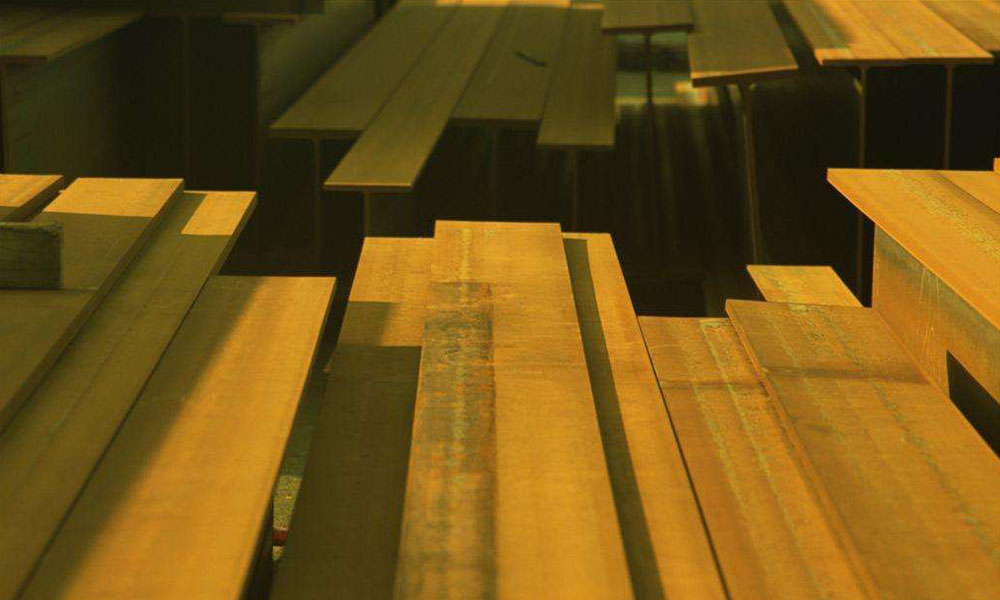The threat of cheap steel imports flooding the market has come to haunt steel producers, following the sharp fall in prices in China in November, on the back of rising steel output amidst weak demand.

China’s steel production growth remained high at 5.8 per cent in September quarter in anticipation of stricter environmental curbs during the winter months. Production recorded an all-time high of 82.5 million tonne in October 2018.
However, there is an uncertainty over production curbs , after China allowed local governments to decide on meeting their individual emission targets rather than imposing a blanket ban on production. The move may result in possible supply glut in China, leading to large scale exports.
The concern on oversupply amidst weak demand during the winter season may lead further drop in seaborne steel prices in the coming months.
On the domestic front, seasonal weakness in demand in September quarter led to fall in domestic steel consumption growth to 7.8 per cent from 9.2 per cent logged in June quarter, even though it remained healthy in absolute terms.
Improving demand from the construction sector and healthy automobile sales growth remained the key drivers of domestic steel consumption in Q2 FY2019.
Steel imports, especially from free-trade countries such as Japan and South Korea, are likely to remain high in the coming months, which would keep domestic steel production growth under check.
While the domestic hot-rolled coil prices are currently trading at a marginal premium over imported prices, the steep reduction in international steel prices recently would make imports cheaper from January 2019 onwards, when these shipments start hitting Indian shores, and would in turn exert pressure on domestic steel prices.